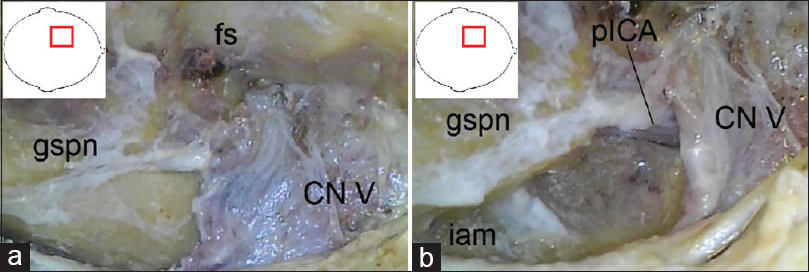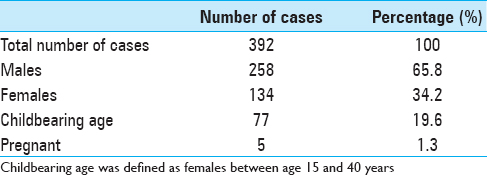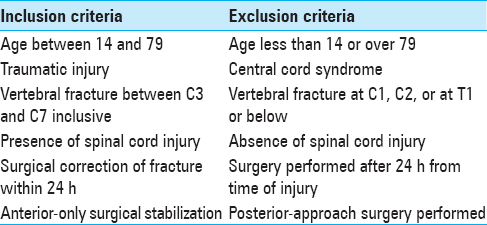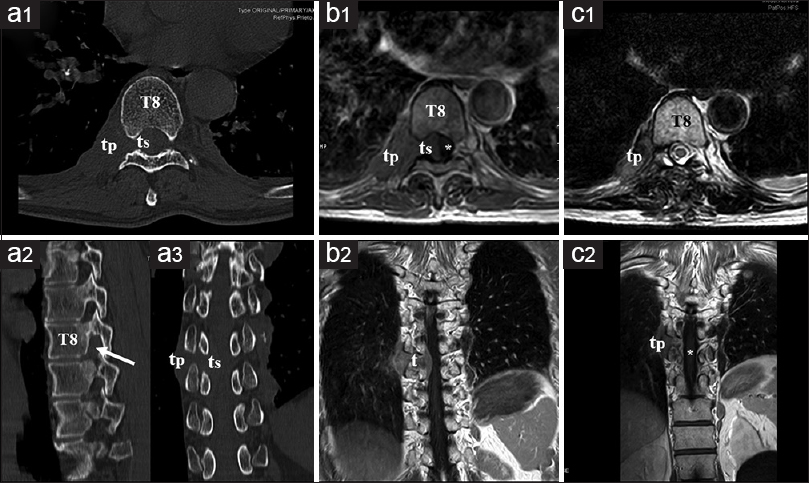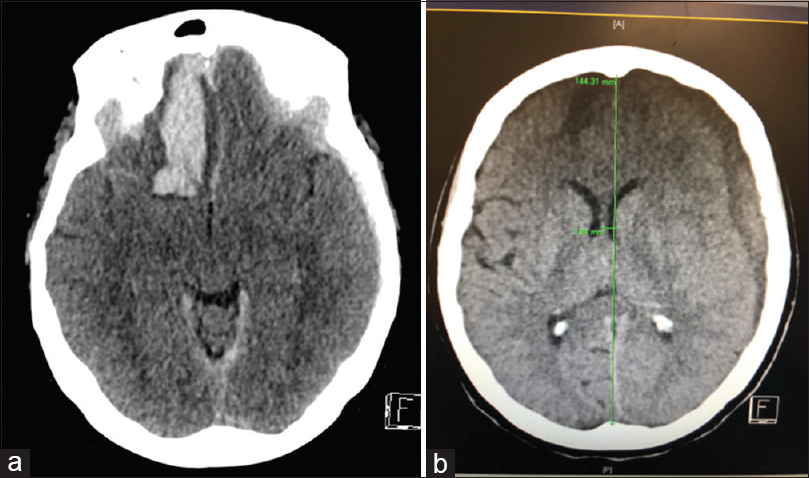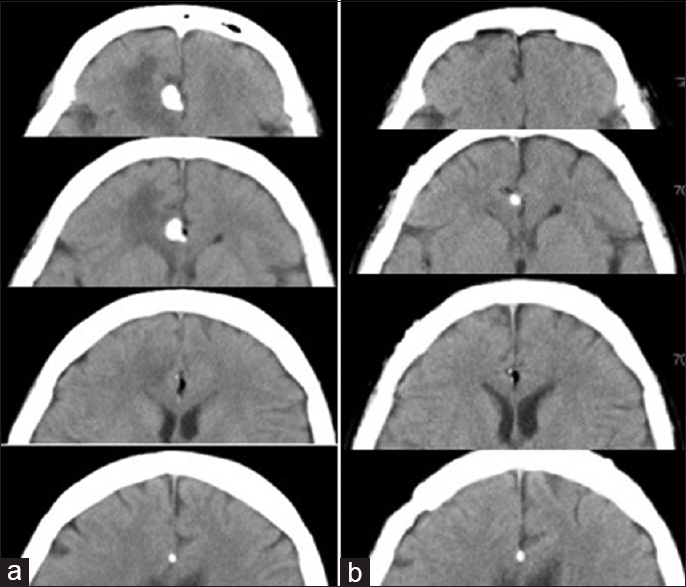Extended exposure of the petroclival junction: The combined anterior transpetrosal and subtemporal/transcavernous approach
Date of publication: 24-Dec-2018
Background:The combined anterior transpetrosal and subtemporal/transcavernous (atsta) approach to the petroclival junction provides a wide exposure facilitating resection of large tumor lesions such as petroclival mengiomas, chondrosarcomas, or chordomas. In this article we provide technical instructions on the approach with anatomical consideration and a literature review of previous applications of this approach.
Medical and surgical management of acute spinal injury during pregnancy: A case series in a third-world country
Date of publication: 24-Dec-2018
Background:There is scant literature describing the management of acute spinal injury in pregnant patients. Here, we report our experience with five cases of pregnant patients including three females who suffered acute traumatic spinal cord injuries (SCIs).
Unedited microneurosurgery of a cavernous malformation of the pineal region
Date of publication: 24-Dec-2018
Background:Cavernous malformations are low-flow vascular malformations comprised of clusters of dilated sinusoidal channels lined with endothelial cells. The tortuous blood vessels also called vascular caverns lack muscular and elastic layers, and are filled by blood at different stages of thrombosis. Hemosiderin and gliosis often surround cavernomas. However, no neural tissue is present inside the lesion. Magnetic resonance images of cavernomas reveal a pathognomonic popcorn appearance produced by multiple small hemorrhages. Developmental venous anomalies are associated in around 30% of the cases. Cavernomas are very prevalent lesions ranging from 0.4 to 0.8% of the population. However, those located in the pineal region are very rare. Herein, we present the microsurgical treatment of a histologically confirmed cavernous malformation of the pineal region.
Why I testify for some patients/plaintiffs, and against some doctors/defendants
Date of publication: 18-Dec-2018
Legal and evidenced-based definitions of standard of care: Implications for code of ethics of professional medical societies
Date of publication: 18-Dec-2018
Background:The concept “standard of care” (SOC) is invoked in legal cases, as well as evidence-based, and professional/ethical discussions in medicine and surgery.
Early ventral surgical treatment without traction of acute traumatic subaxial cervical spine injuries
Date of publication: 13-Dec-2018
Background:Spinal cord decompression after cervical spinal cord injury (SCI) is the standard of care. However, there is a lack of consensus regarding the optimal management of these injuries, including the role of traction and timing of surgery. Here, we report the safety/efficacy of ventral surgery without preoperative traction for intraoperative fracture reduction following acute cervical SCI.
Thymoma dissemination through the thoracic intervertebral foramen: Pleural recurrence resulting in spinal cord compression
Date of publication: 13-Dec-2018
Background:Spinal dissemination of thymic tumors is rare but should be considered in the differential diagnosis of thoracic dumbbell-shaped lesions and/or vertebral tumors, irrespective of the time since the initial diagnosis.
Cerebral abscesses after endovascular coiling of a paraophthalmic aneurysm: Case report and review of the literature
Date of publication: 13-Dec-2018
Background:Intracranial infections are a rare complication of therapeutic neuroendovascular procedures.
Preoperative measures to prevent/minimize risk of surgical site infection in spinal surgery
Date of publication: 11-Dec-2018
Background:Multiple measures prior to spine surgery may reduce the risks of postoperative surgical site infections (SSIs).
Regrowth and progression of multiple calcifying pseudoneoplasms of the neuraxis: Case report
Date of publication: 04-Dec-2018
Background:Calcifying pseudoneoplasms of the neuraxis (CAPNONs) are clinically rare, nonneoplastic, noninflammatory-calcified lesions of the central nervous system. Resection of a lesion usually indicates good prognosis without recurrence. However, we experienced a unique case of CAPNON that repeatedly recurred after resection.


